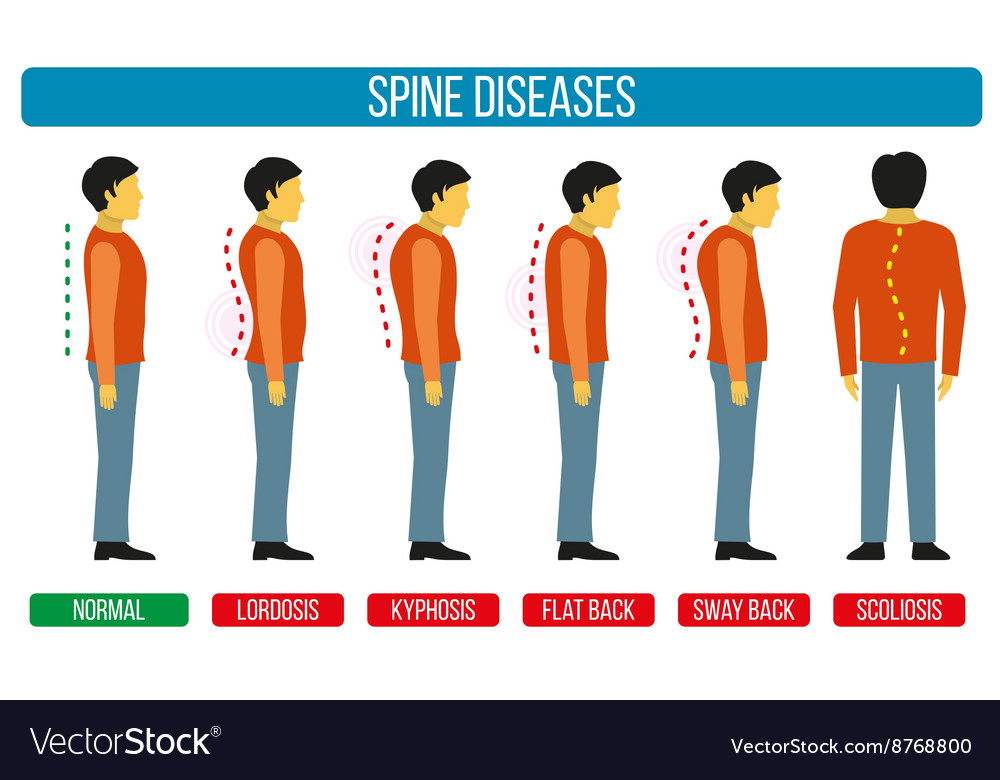Cold Laser Therapy: Misconceptions Vs. Facts
Cold Laser Therapy: Misconceptions Vs. Facts
Blog Article
Writer-Song Maher
You might have heard clashing information regarding cold laser treatment, wondering what holds true and what's not. As you evaluate the misconceptions versus the realities, it's necessary to different misunderstandings from scientific evidence. Comprehending the benefits and possible threats can help you make notified decisions about integrating this innovative therapy right into your health care regimen.
Common Misconceptions
Usual mistaken beliefs concerning cold laser treatment can bring about complication and hesitation amongst patients seeking alternative therapies. One widespread misconception is that cold laser treatment includes using unsafe radiation. In reality, cold laser treatment utilizes low-level laser light that doesn't produce heat or create damages to tissues.
An additional mistaken belief is that cold laser treatment hurts, when as a matter of fact, it's a non-invasive and pain-free procedure. Some individuals also think that cold laser treatment is just effective for surface-level problems, such as skin conditions. However, More Information and facts has actually shown its performance in dealing with a vast array of problems, including bone and joint injuries and chronic pain.
Furthermore, there's a false impression that cold laser therapy generates immediate outcomes after a single session. While some patients may experience relief after one treatment, a collection of sessions is usually suggested for optimum results. By resolving these misconceptions, individuals can make informed decisions regarding integrating cold laser treatment right into their healthcare routine.
Scientific Evidence
False impressions regarding cold laser therapy can be eliminated by examining the clinical evidence supporting its efficiency. Numerous studies have checked out the performance of cold laser therapy in different medical problems, such as pain administration, tissue repair, and inflammation reduction. Research has revealed that cold laser treatment can help accelerate the healing procedure by promoting cellular repair service and boosting blood flow in the targeted area.
In a research study published in the journal Pain Research study and Management, scientists located that cold laser treatment significantly minimized discomfort levels in individuals with persistent neck discomfort contrasted to a sugar pill treatment.
An additional study in the Journal of Rheumatology showed the favorable impacts of cold laser therapy in decreasing swelling and boosting joint function in people with rheumatoid arthritis.
Benefits and Dangers
What're the possible advantages and threats connected with cold laser therapy?
Cold laser therapy provides various benefits such as minimized inflammation, pain relief, and sped up cells fixing. By promoting does laser therapy help quit smoking and flow, it can aid in healing wounds, decreasing swelling, and boosting range of movement. Additionally, this non-invasive therapy is typically fast, painless, and needs no downtime, making it a convenient option for several individuals.
Nevertheless, like any kind of clinical procedure, cold laser treatment does feature some dangers. While rare, prospective adverse effects may include light tingling, temporary skin irritability, or a slight boost in pain. It's critical to make certain that the treatment is carried out by a qualified healthcare expert to minimize any type of negative effects and optimize the advantages.
Additionally, cold laser treatment may not be suitable for everyone, particularly people with particular medical conditions or expectant ladies, so consulting with a doctor prior to beginning treatment is necessary to establish its suitability for your details situation.
Conclusion
Finally, cold laser therapy is a risk-free and effective therapy alternative for bone and joint injuries and persistent pain conditions, despite common misunderstandings.
Scientific evidence sustains its advantages in reducing swelling, increasing tissue repair service, and enhancing mobile function.
While several sessions might be needed for optimum outcomes, the non-invasive nature of cold laser treatment makes it a useful restorative alternative for those seeking pain management and healing.
